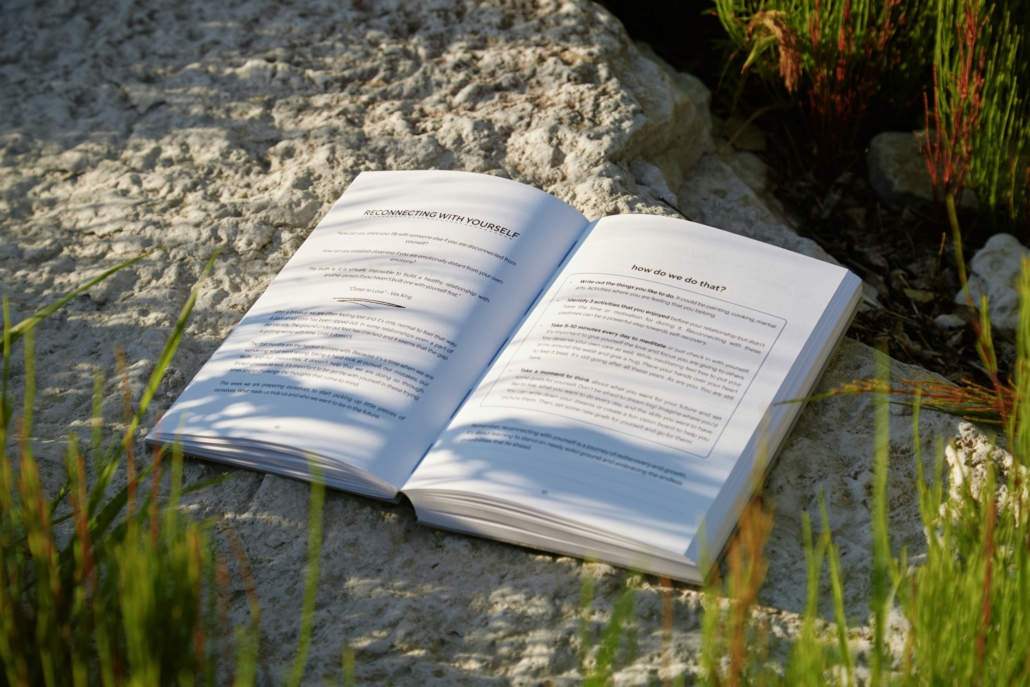5 Mindfulness Practices to Help Digital Nomads Feel More Grounded
As a digital nomad, life isn’t always predictable. And while the excitement of new environments and changing landscapes can be exhilerating, there are times when being constantly on the go can leave us feeling overwhelmed, anxious, and ungrounded.
Mindfulness practices are scientifically proven to help calm our minds, restore balance, and improve our resilience – and, best of all, the majority of such practices can be undertaken just about anywhere.
If you’re looking to bring more calm into your busy nomad life, try engaging in one or more of the following mindfulness exercises, designed for the ever-changing lifestyle of the digital nomad!
1. Morning pages
The practice of morning pages – popularised by the book The Artist’s Way by Julia Cameron – is an exercise in which you write down three pages of stream-of-consciousness thoughts, first thing in the morning.
Capturing and unburdening yourself of your free-flowing, uninhibited thoughts like this has been shown to produce a range of benefits, from boosting creativity to overcoming mental blocks and reducing stress and anxiety.
The beauty of morning pages is that you can do it from anywhere, so long as you have a notebook and pen to hand.
How to do it
2. Mindful walks
Walking is one of the best ways of discovering a new destination. Aside from providing a free (and stress-free!) form of exercise and a dose of fresh air, walking allows you to explore your new surroundings and navigate yourself in your chosen location.
What’s more, with a little focus and a few pointers, you can turn your casual stroll into a beautiful mindfulness practice that calms the mind and brings your attention to the present moment.
How to do it
3. Daily gratitude
Did you know that scientific research has shown gratitude may actually have the power to change our brains by reinforcing positive neural pathways while minimizing negative thoughts? With regular practice, gratitude can improve wellbeing, increase resilience, strengthen our relationships, and even enhance physical health.
With so many significant benefits, this incredibly simple practice is a great way to incorporate positive mindfulness exercise into your routine – and it takes just five minutes a day.
How to do it
4. Anchor objects
Could a coin or even a pebble help you feel more grounded? Turns out, it may be able to do just that, through a practice called anchoring. By using a particular object as an anchor point, you can train your brain to feel calm and grounded simply by holding onto it.
For example, a small coin that comes with you on all your travels can easily be used as an anchor point each time you feel overwhelmed or ungrounded – over time, the object becomes a symbol of stability and mindfulness wherever you go.
How to do it
5. End-of-work breathing exercise
I’ve talked before about the benefits of a shutdown routine – an idea pioneered by productivity expert Cal Newport, in which you engage in a particular set of actions to signify the end of the work day.
A simple and effective alternative is to practice a quick breathing exercise each time you end a work day or work session. By taking a few moments to focus on your breathing, you can signal to your brain that it’s time to disconnect from work and switch off in a calm and grounded way.
How to do it
Want exclusive access to all our resources, templates, and tools for digital nomads and remote workers?



